Reportar esta entrada
Más sobre la misma comunidad-colección
Tronco de actividad práctica El Paso, Tejas
This trunk and items in it represent what people could bring ...
Estatua del Niño con la bota El Paso, Tejas
The Boy was first placed in the park next to old City Hall in ...
Vestimento de boda de mujer y hombre El Paso, Tejas
Man’s Wedding Coat, 1853 Worn by Prof. C.C. Huffaker at his ...
Arquitectura y Paisajismo El Paso, Tejas
Both the Spanish and the Native American peoples of Meso America ...
Organó de Mason y Hamlin y Fonógrafo de Edison
Mason & Hamlin Organ, ca. 1870. Edison Phonograph, 1915-1919. ...
Máquinas de escribir y herramientas para hacer silla de montar
Skills Choosing El Paso often meant bringing skills to the ...
Vagón del ejército y reparación de la rueda
U.S. Army Wagon, ca. 1915 Wrecked during service on the border ...
Gunning Casteel, Inc. El Paso, Tejas
Gunning Casteel was a pharmacy in downtown El Paso, Texas circa ...
Gunning Casteel, inc Receta de Medicamentos El Paso, Tejas
Headache prescription filled by Gunning Casteel pharmacy in El ...
Adobe Original Usado Para El Hogar El Paso, Tejas
Image shows small sample of original adobe used in historic ...
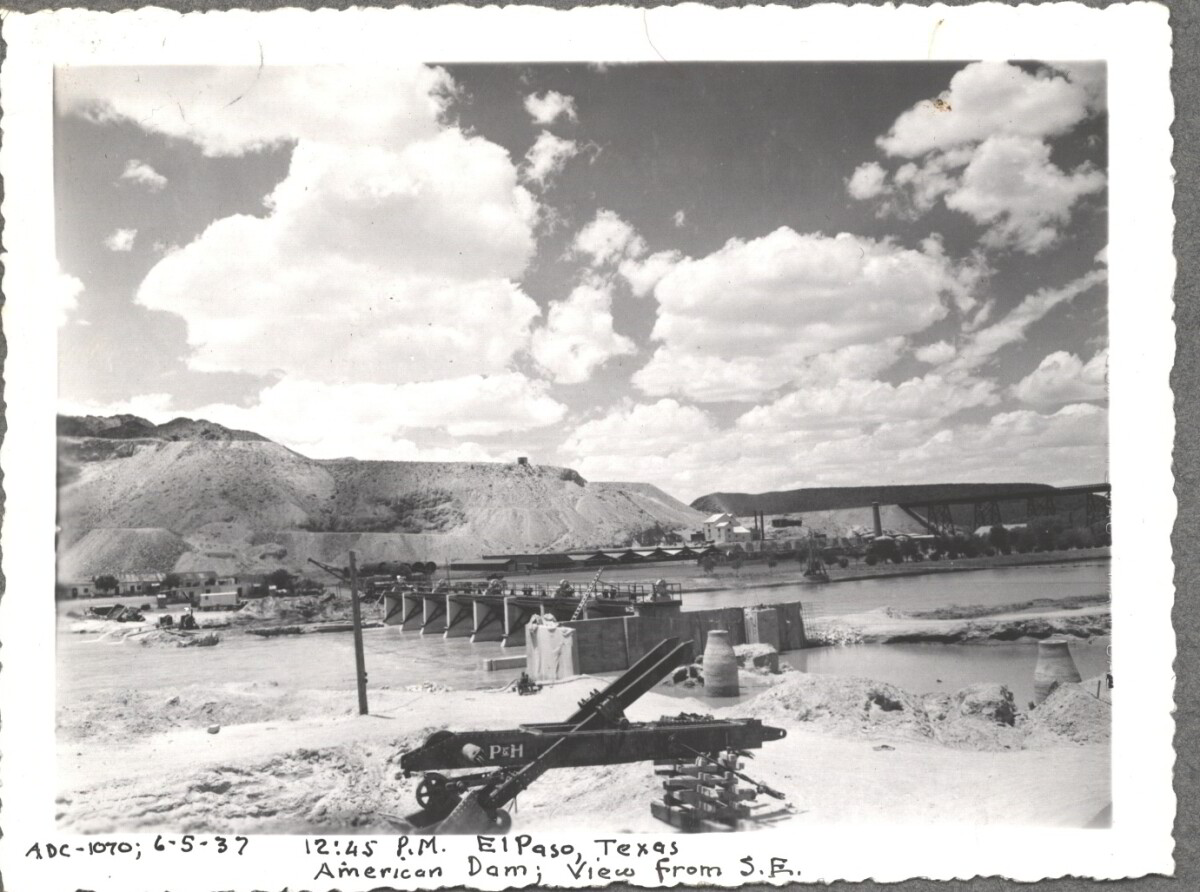
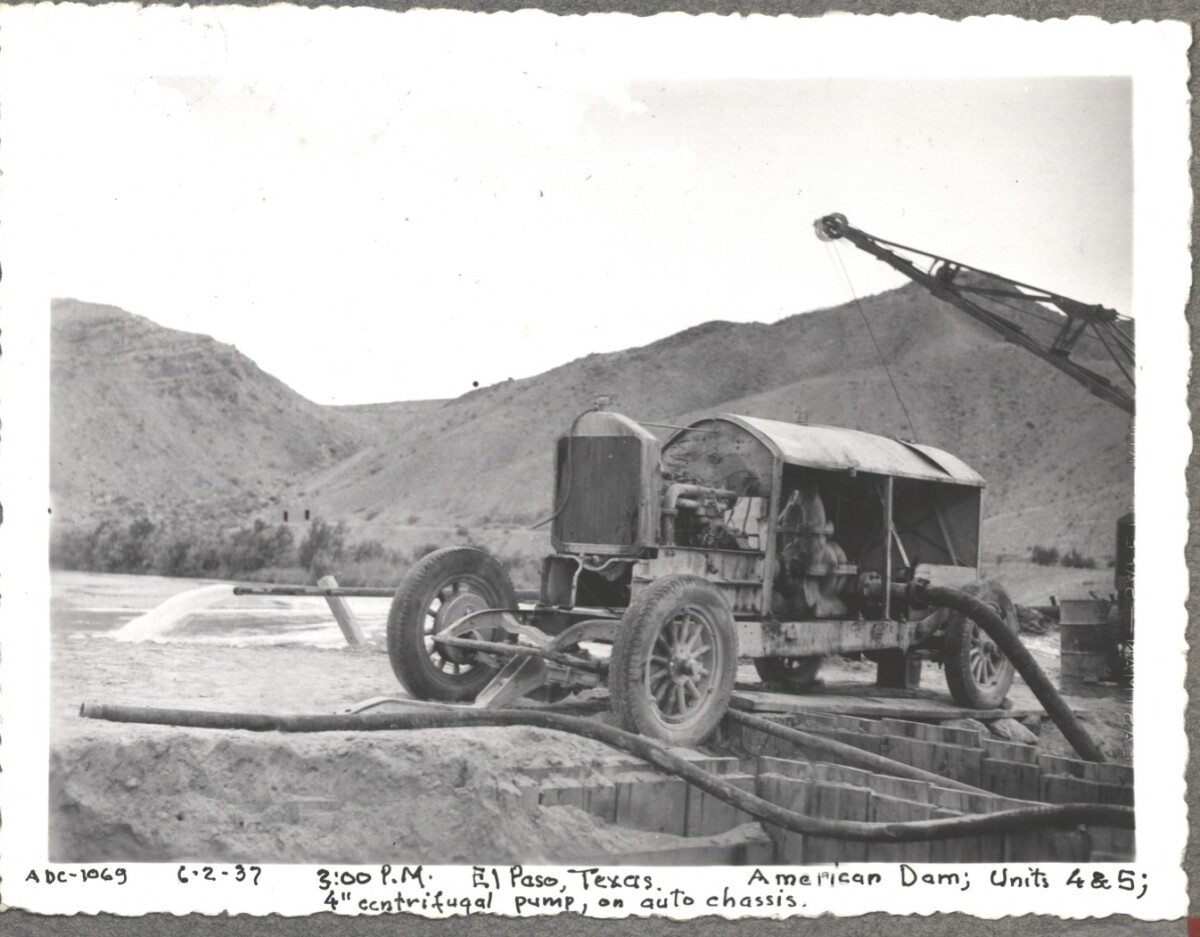

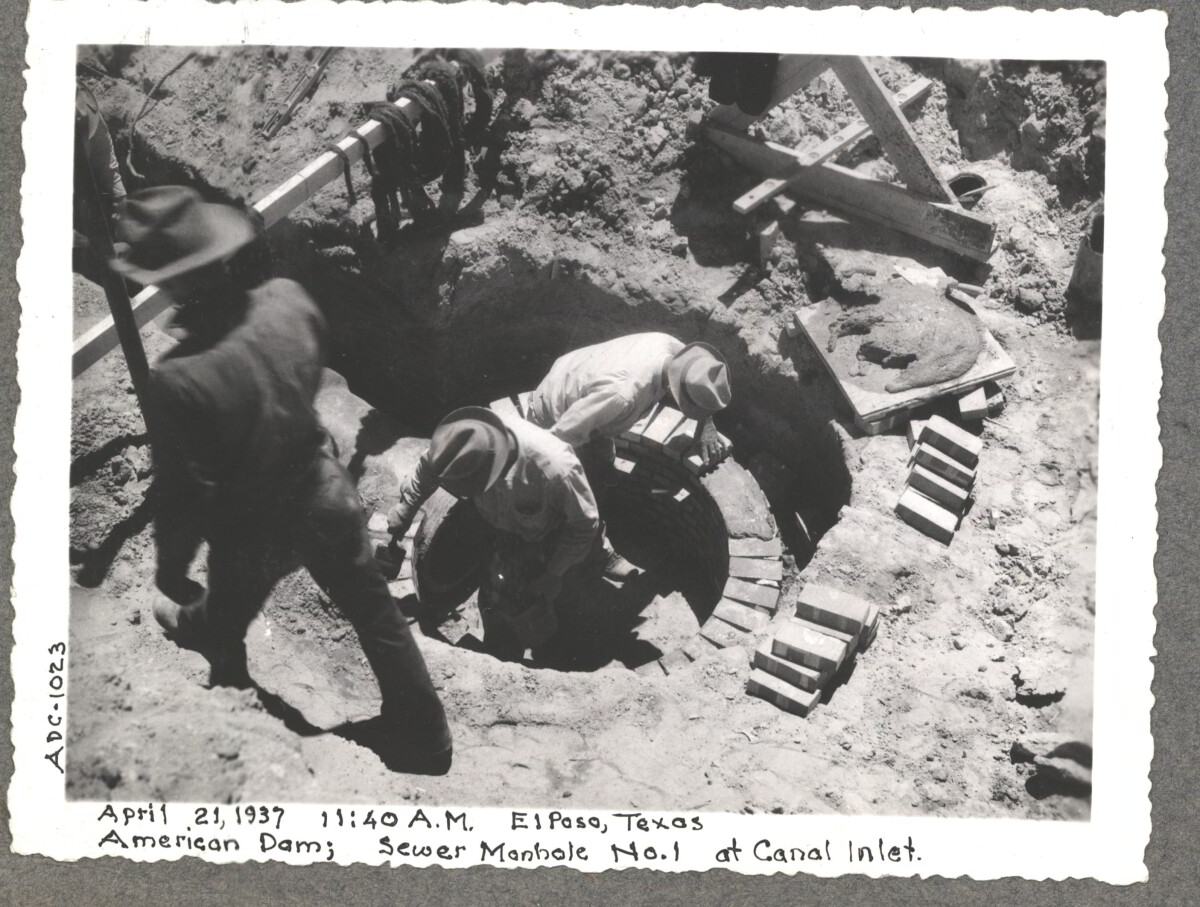
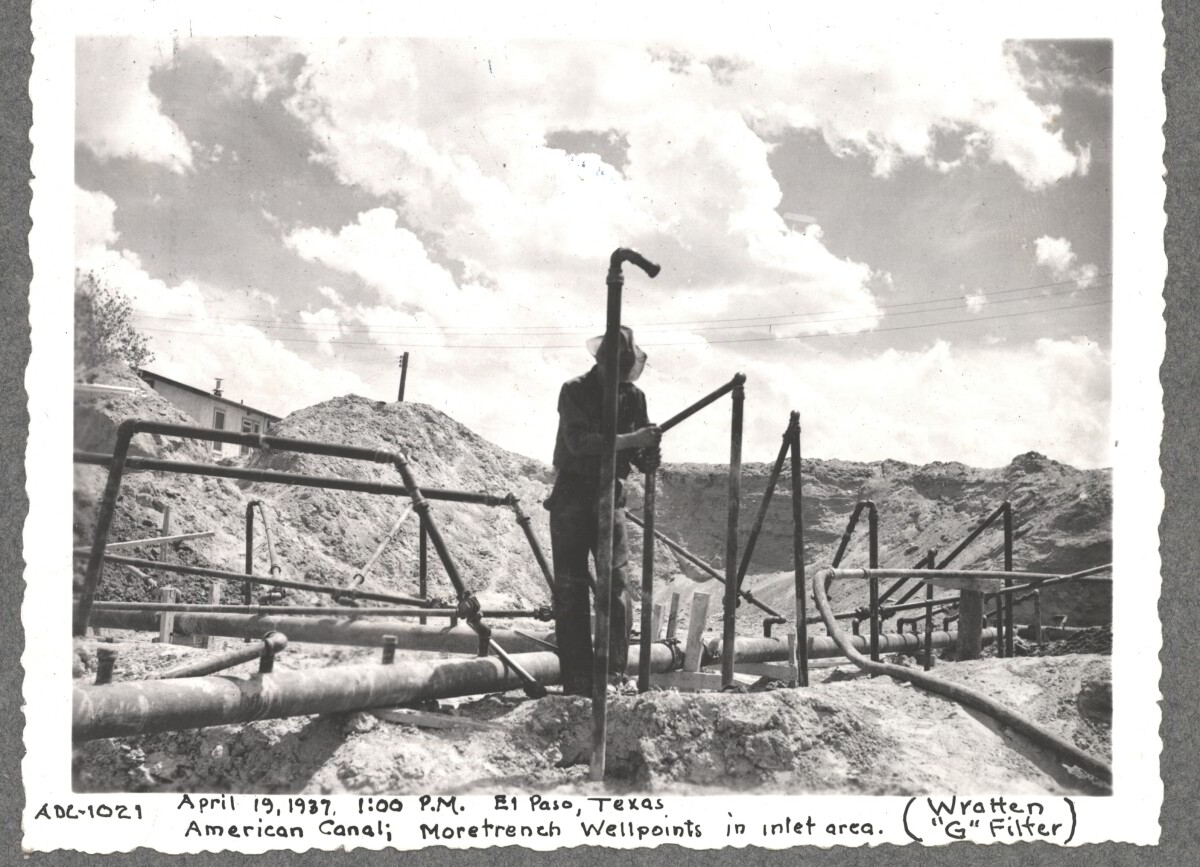
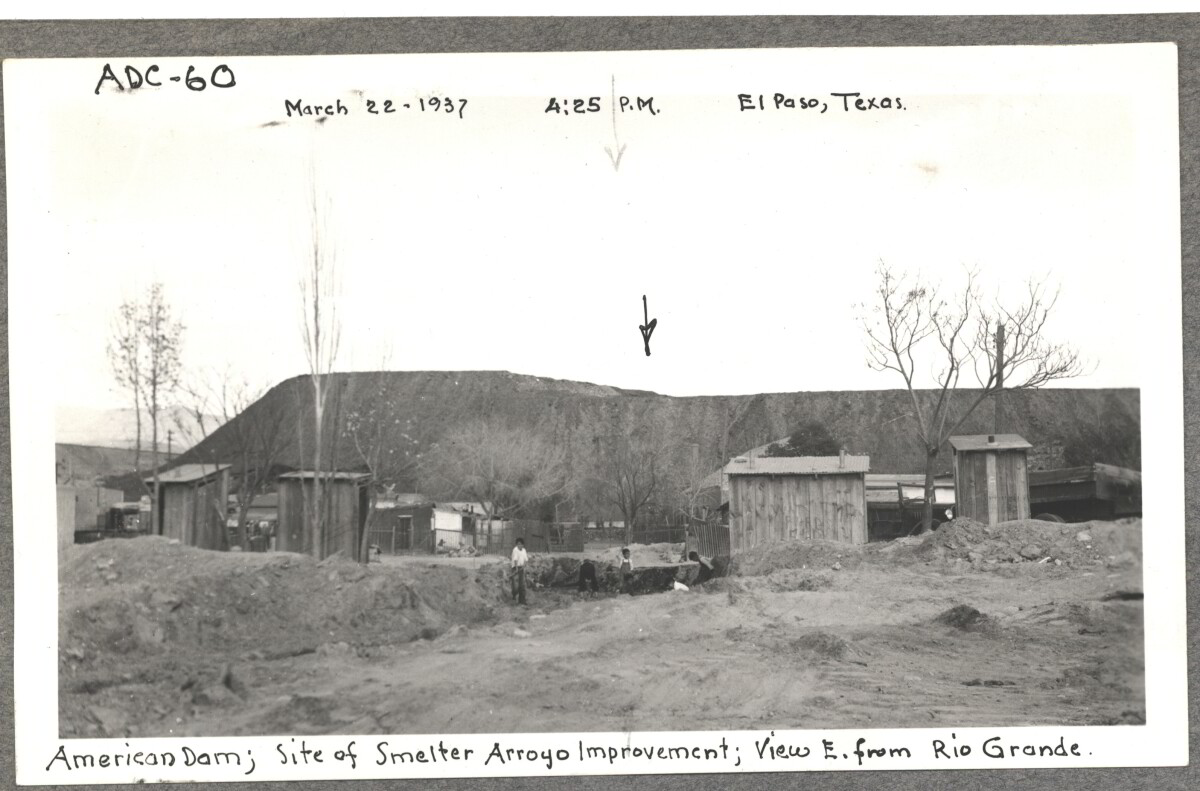
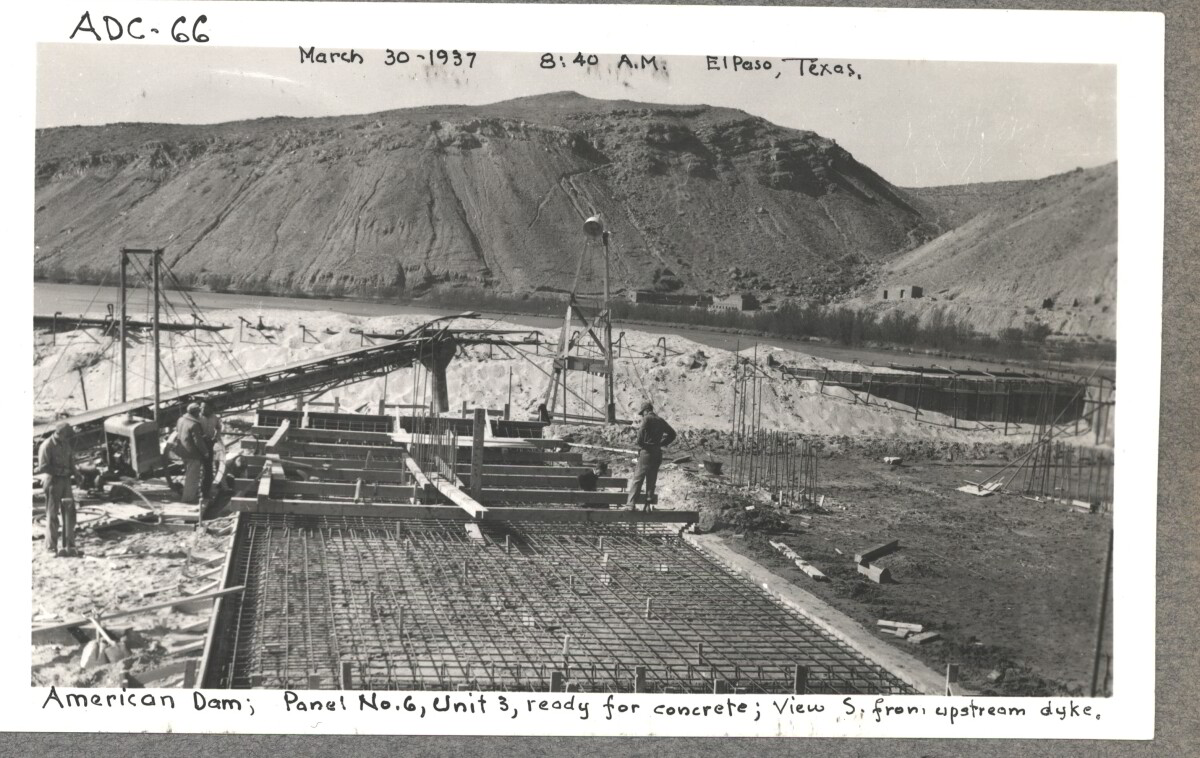
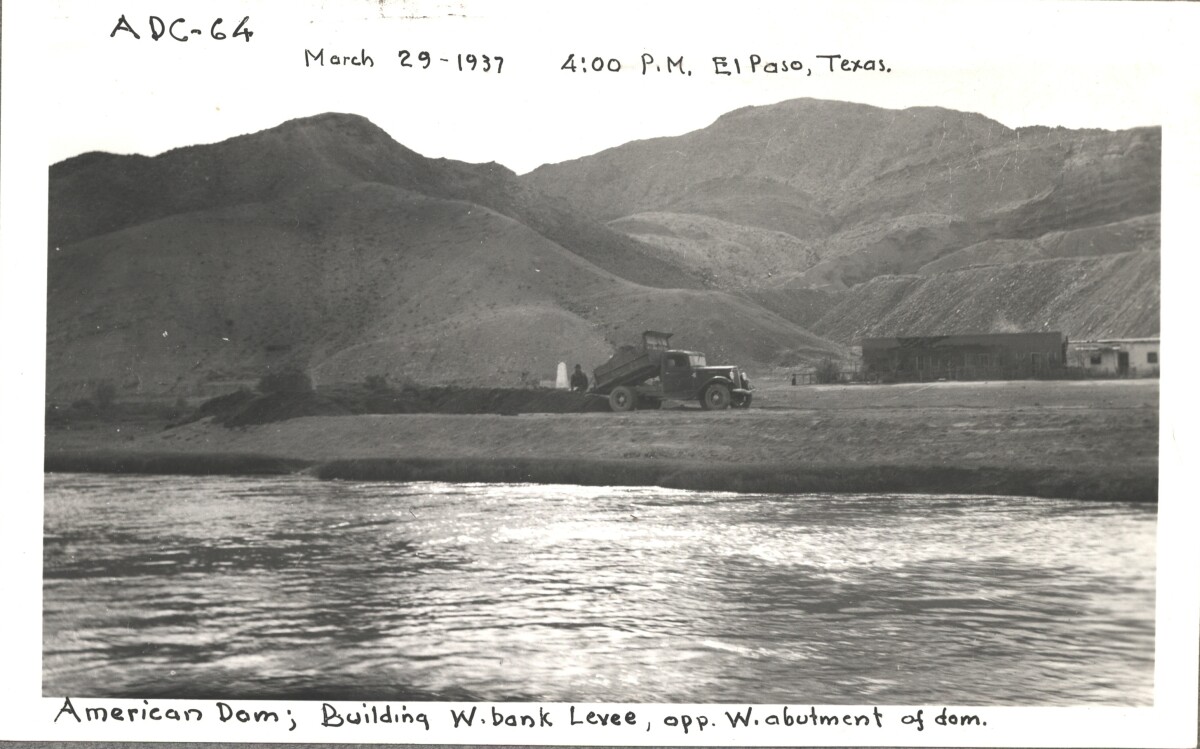
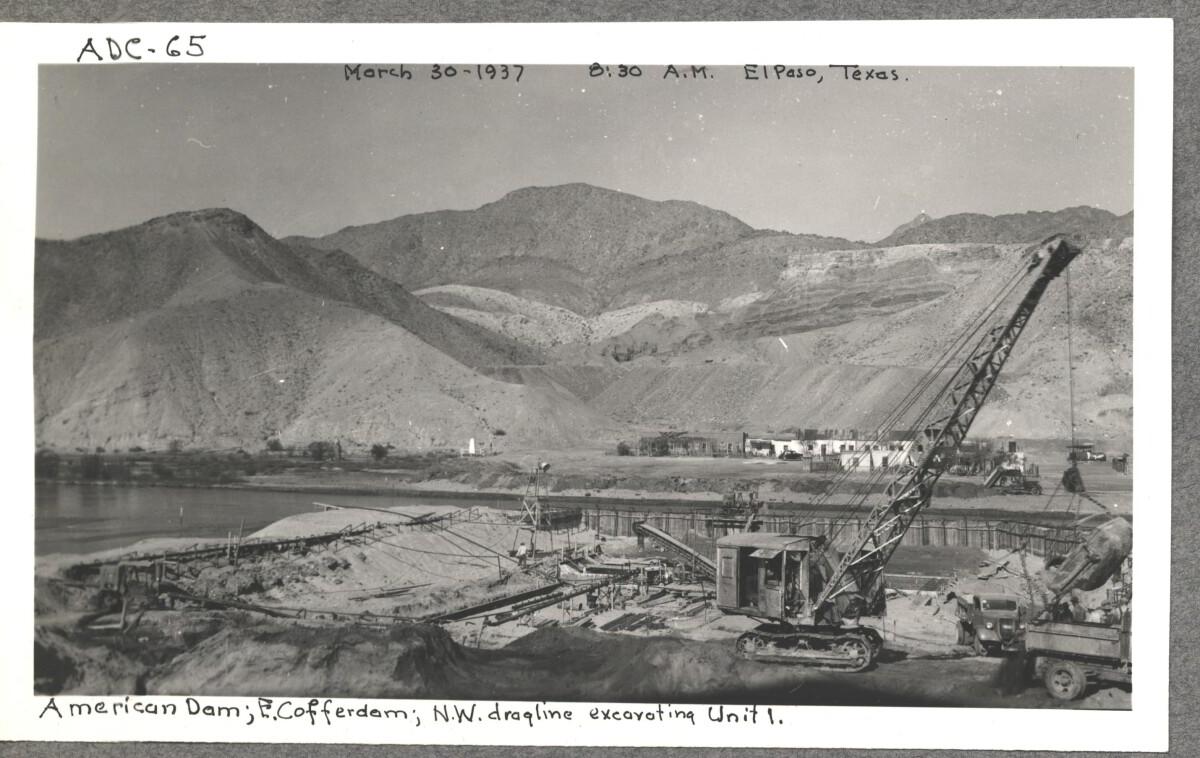
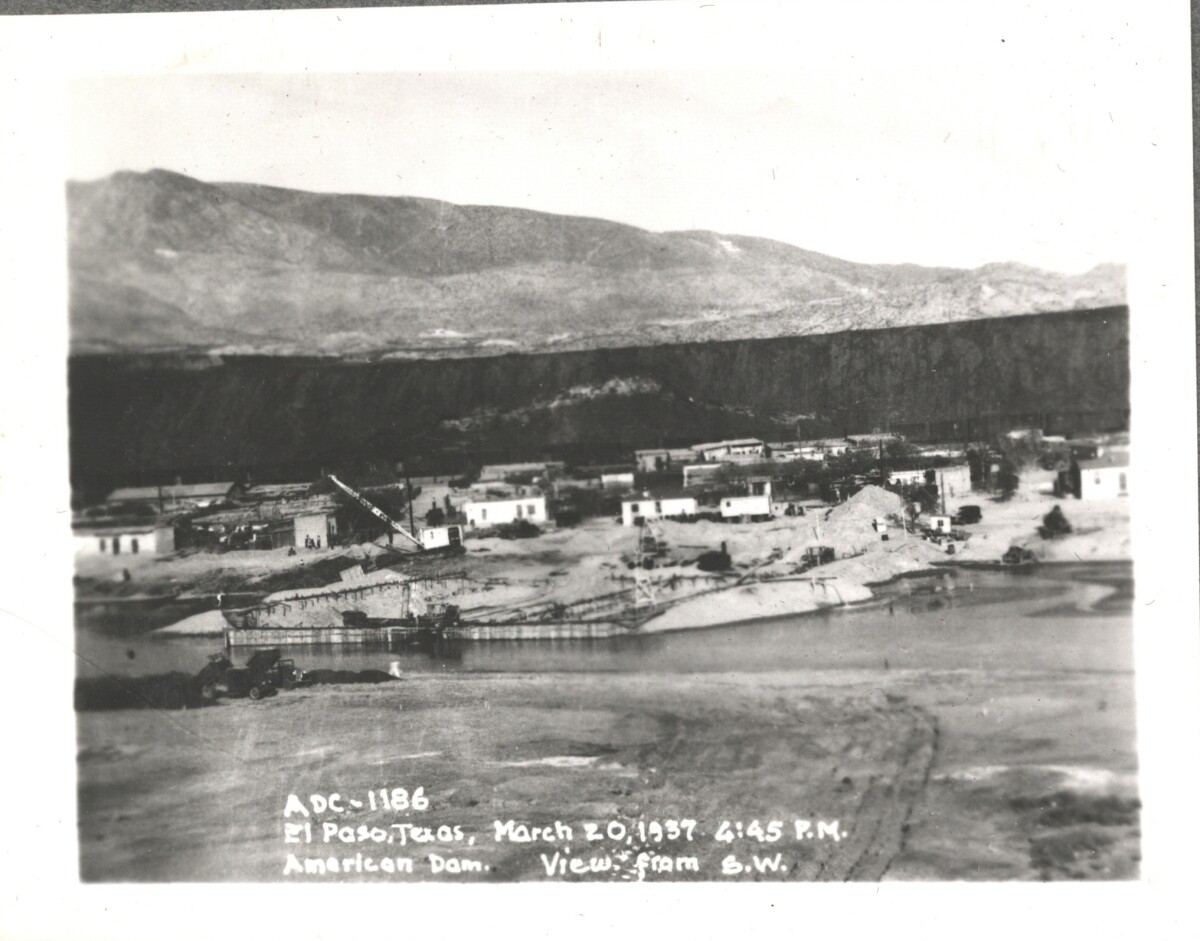
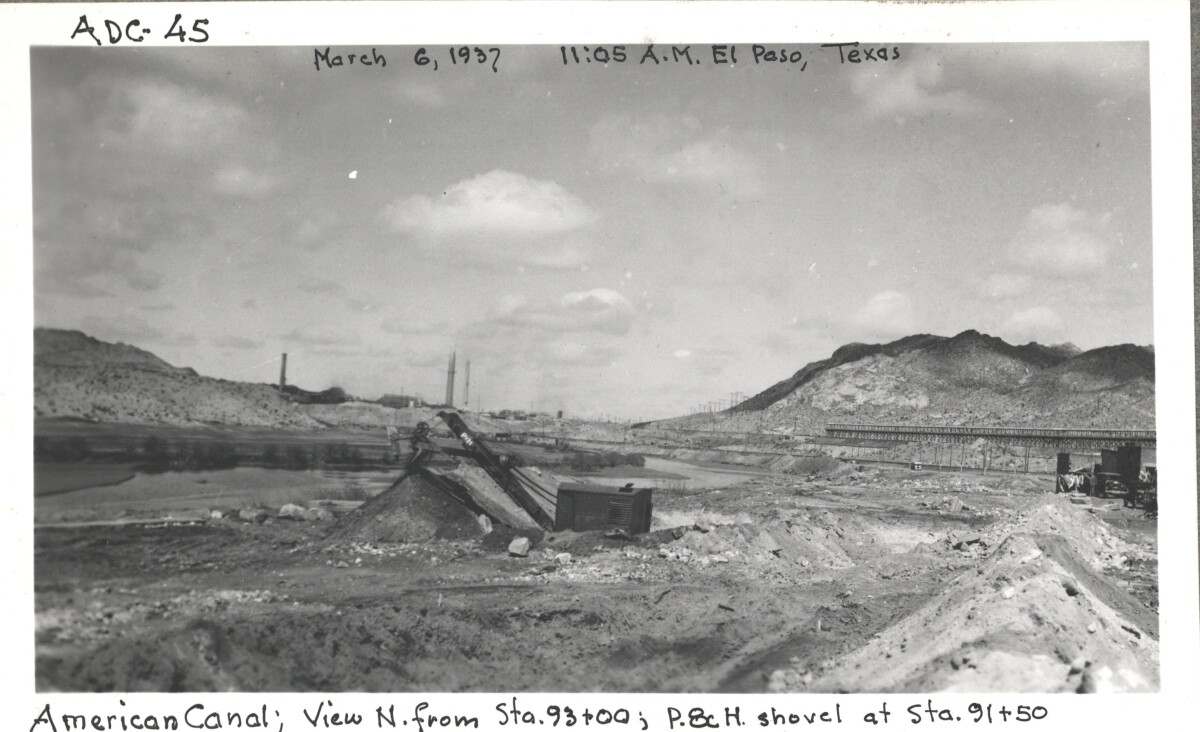
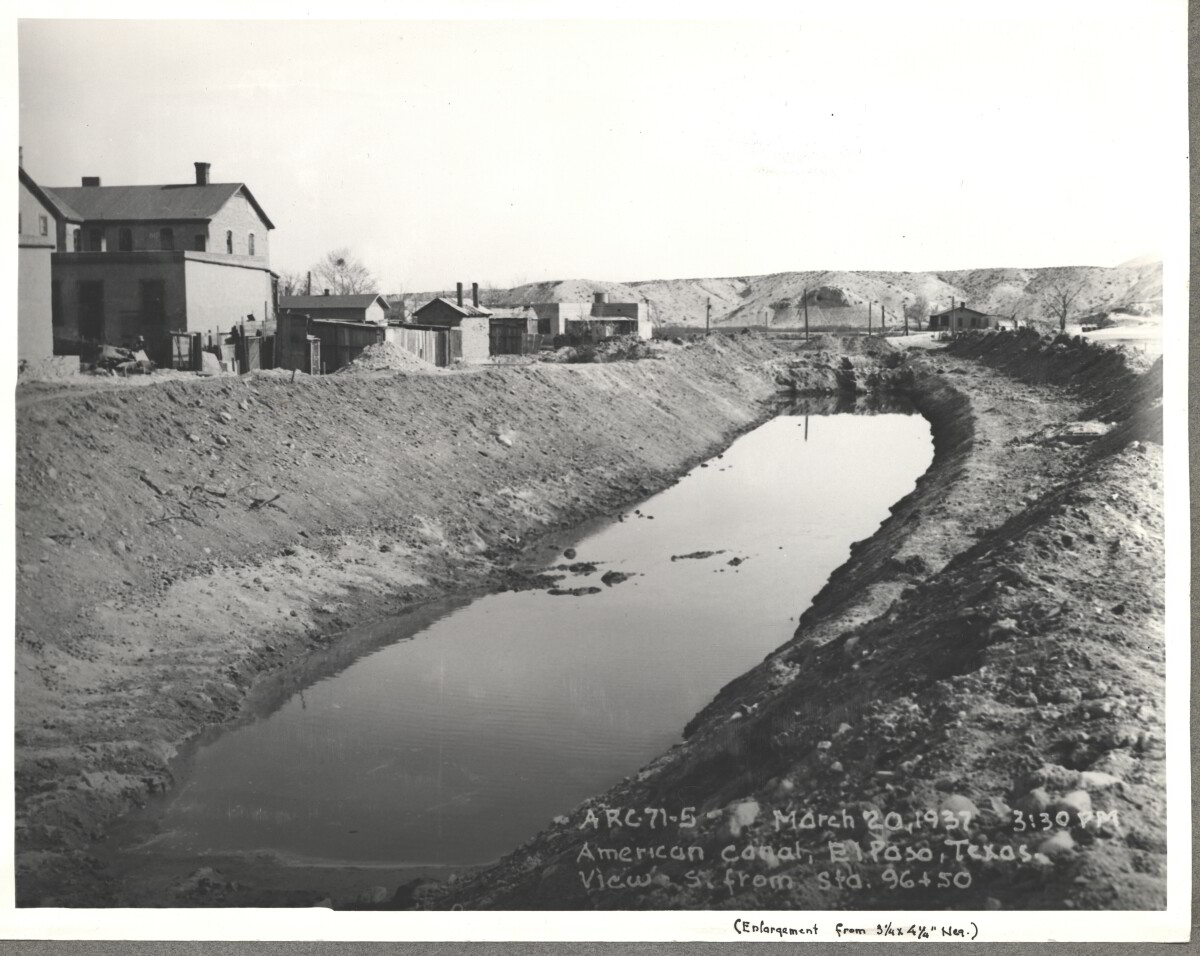
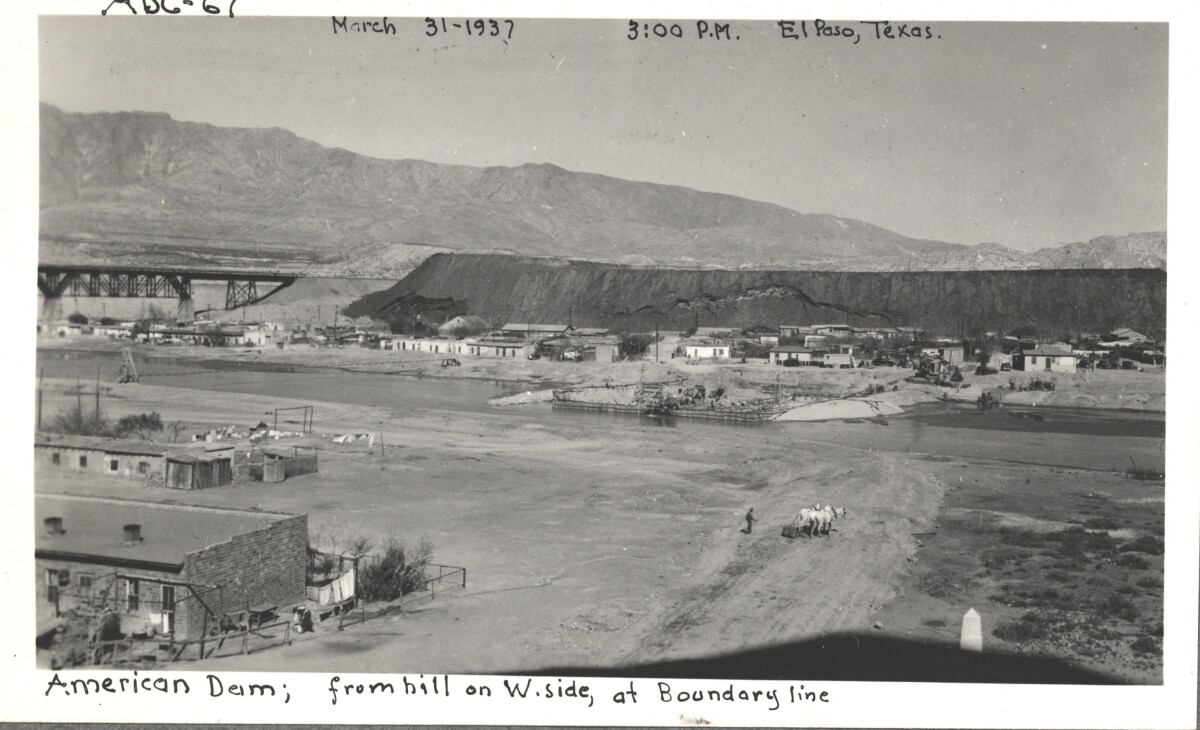
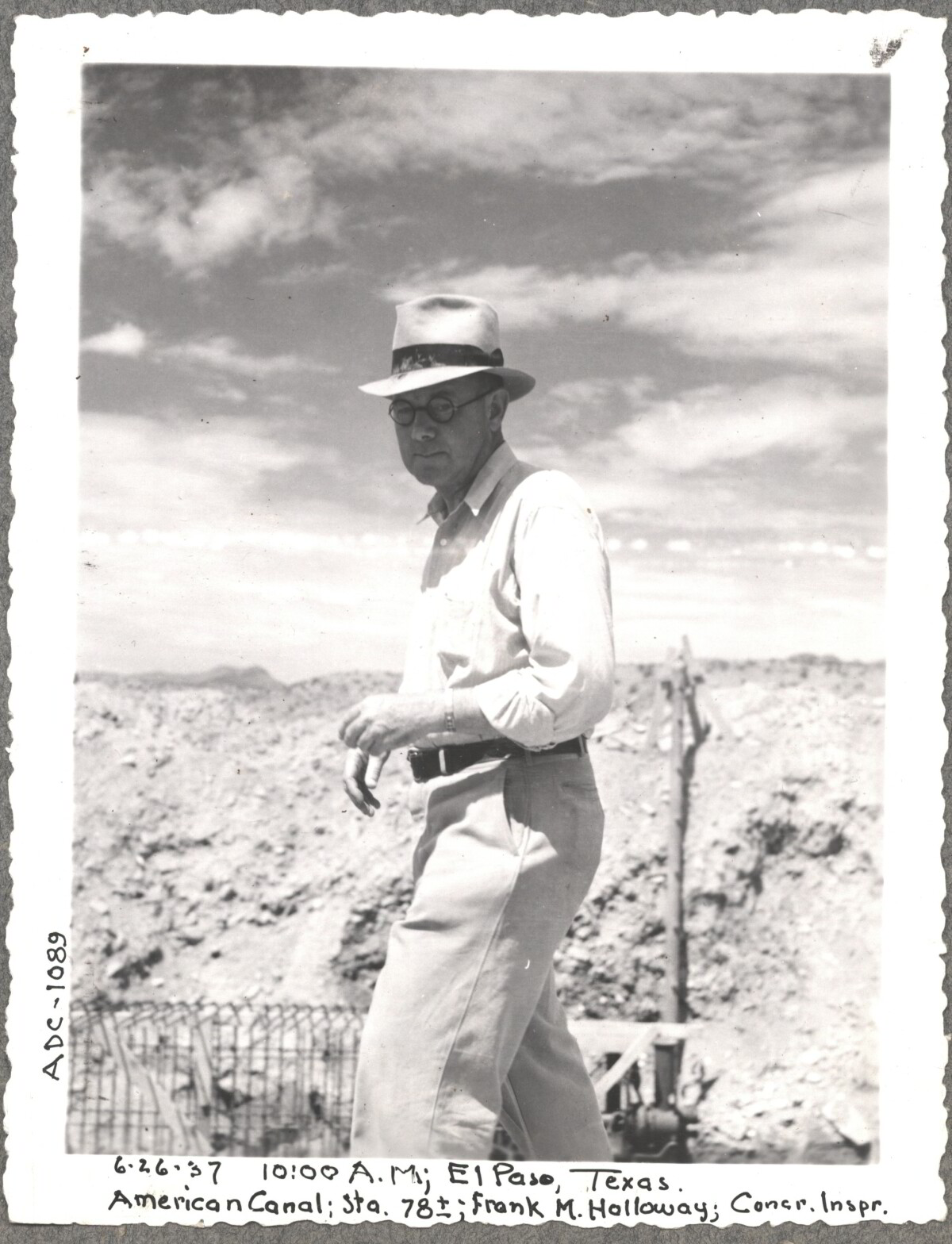
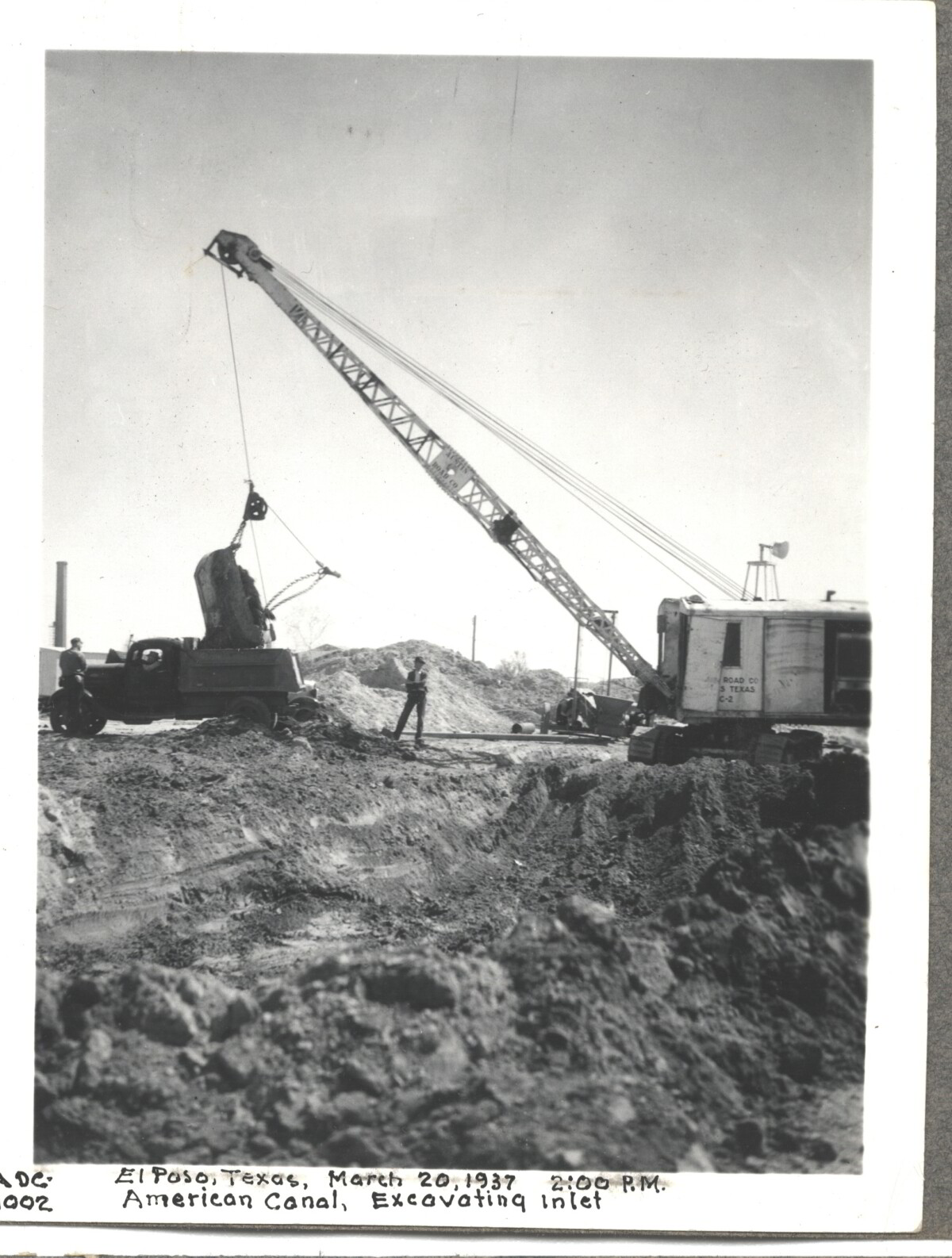
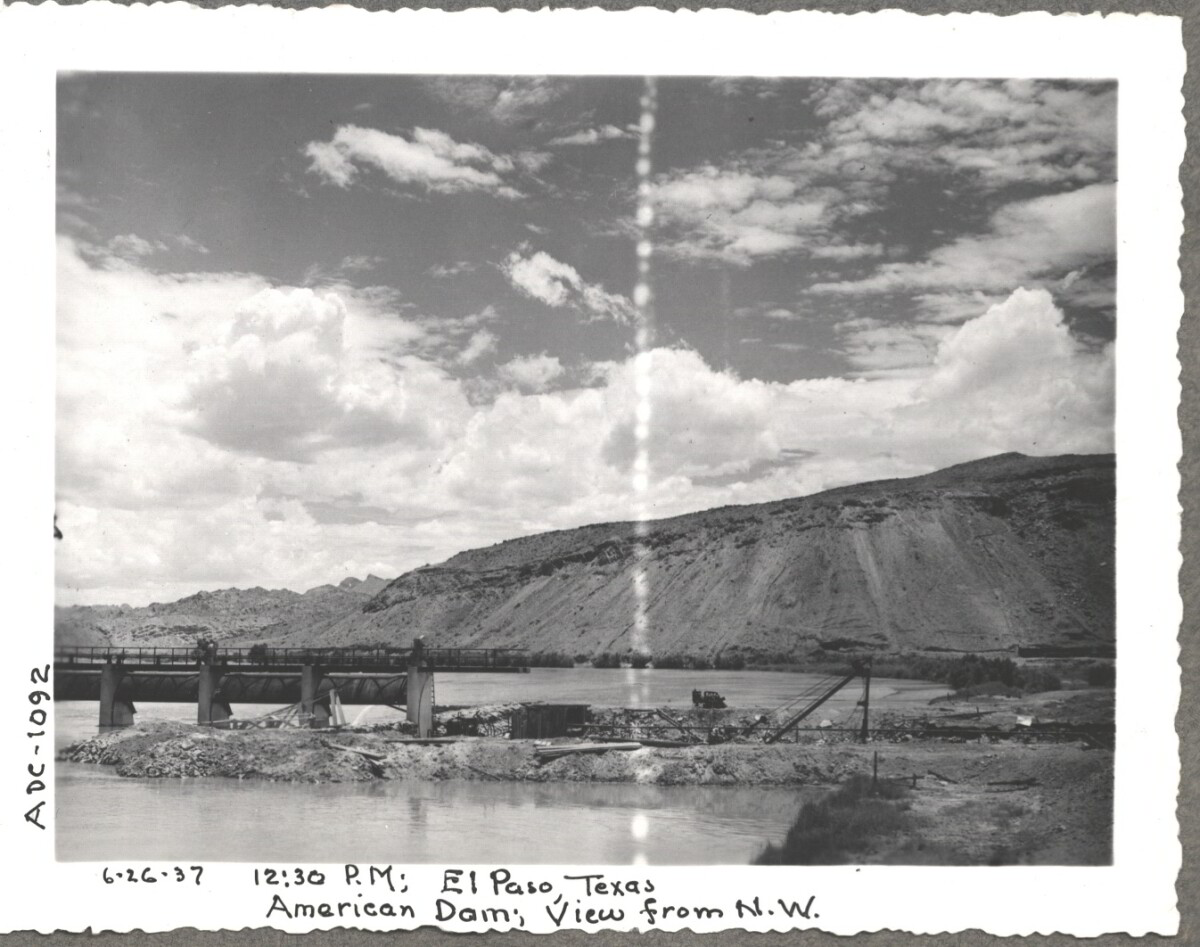
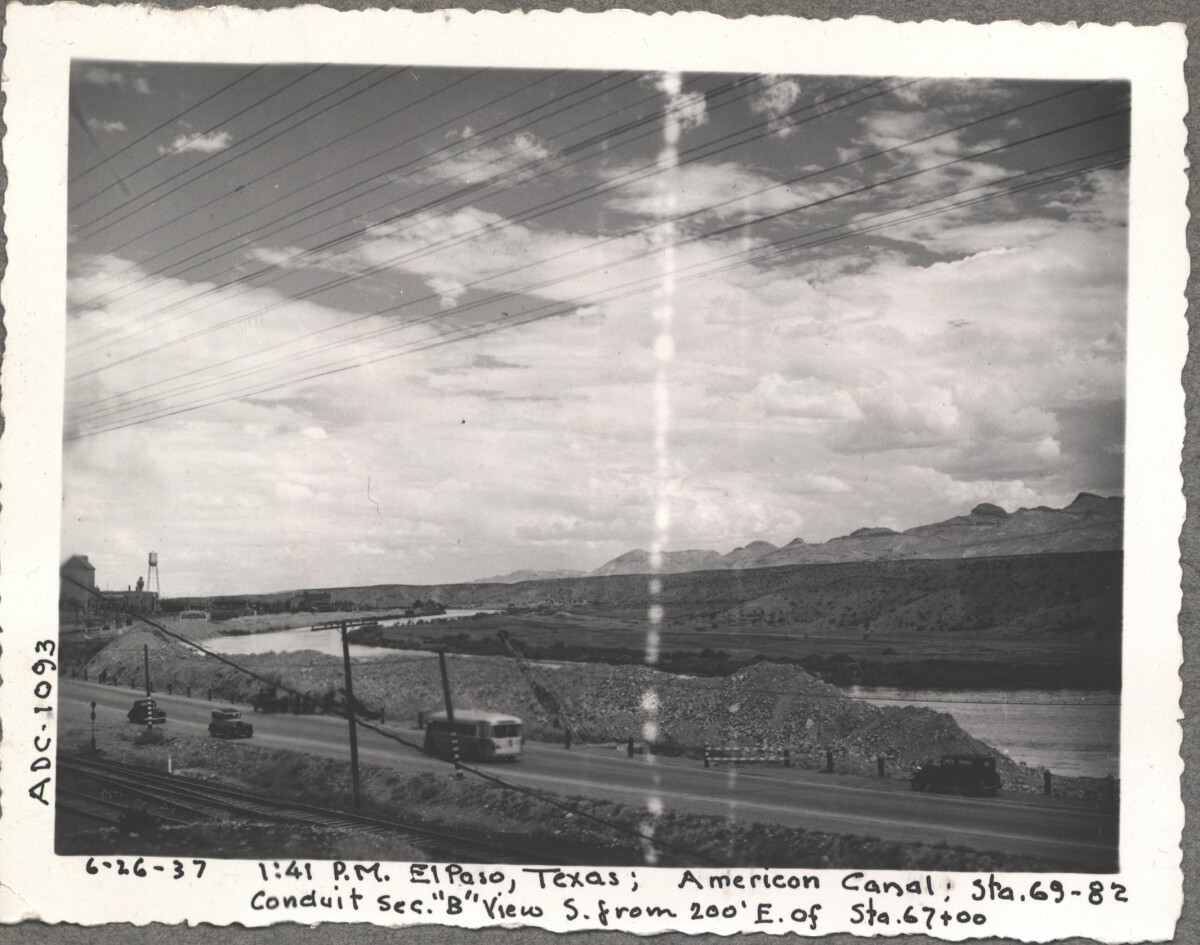
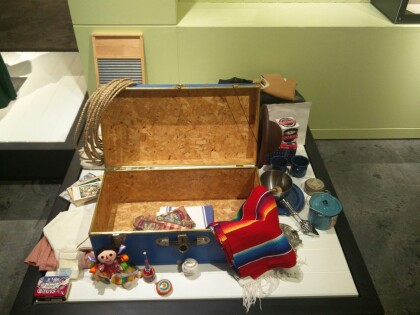
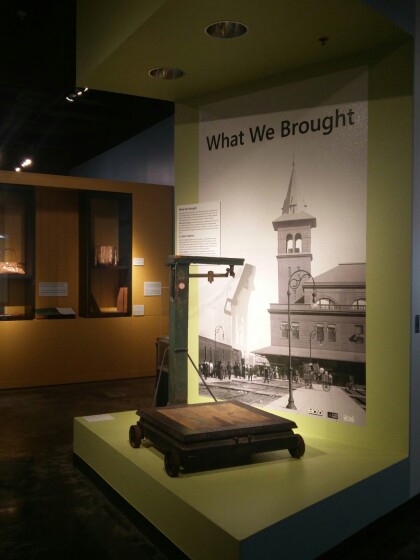
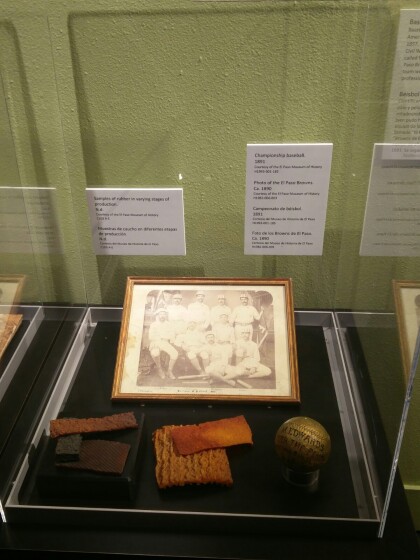
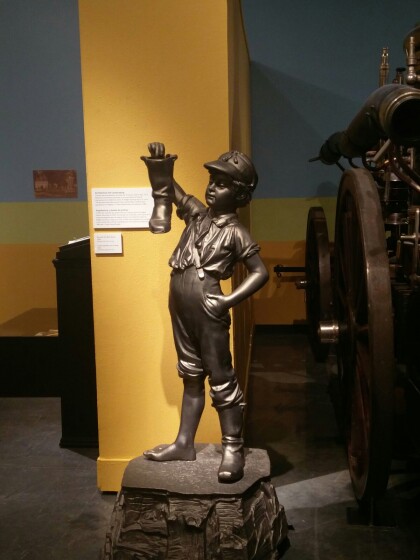
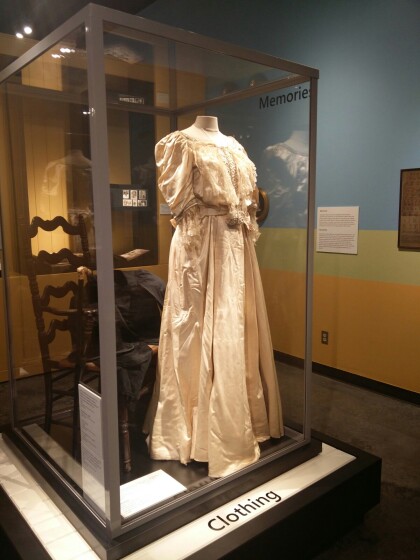

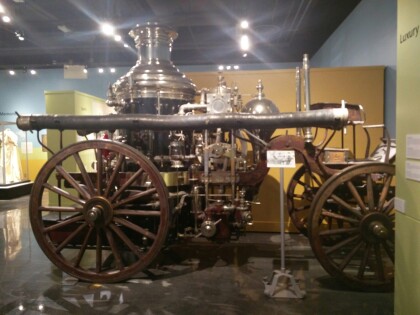
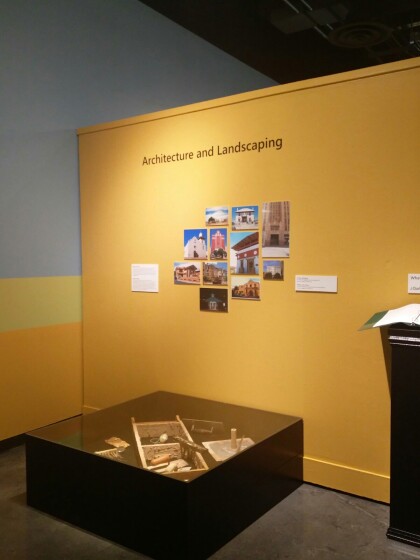

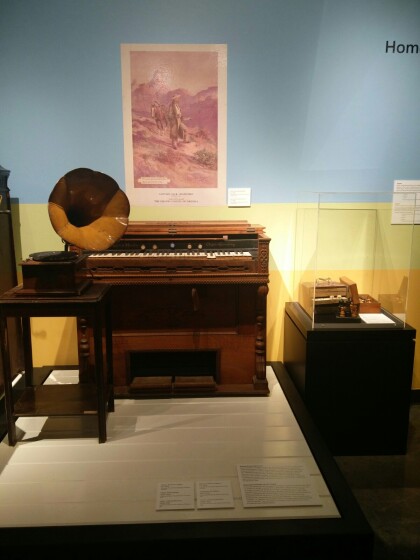
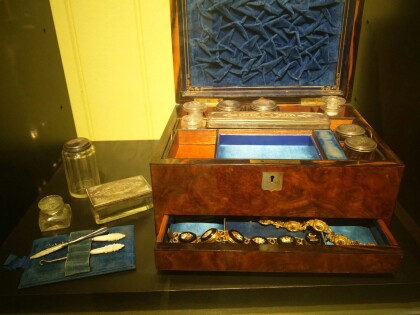

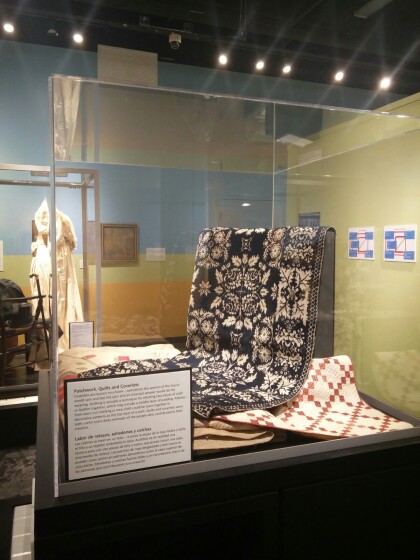

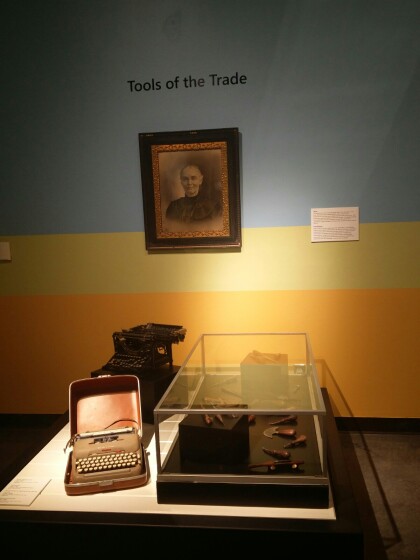
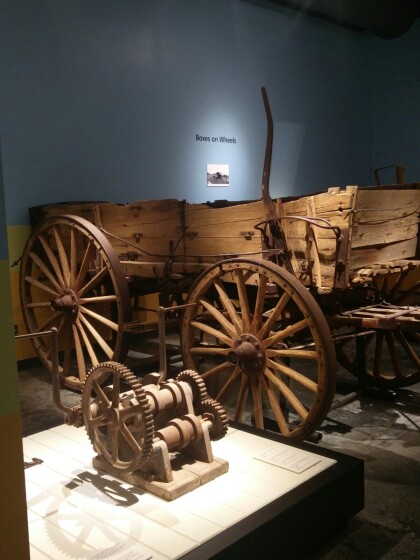
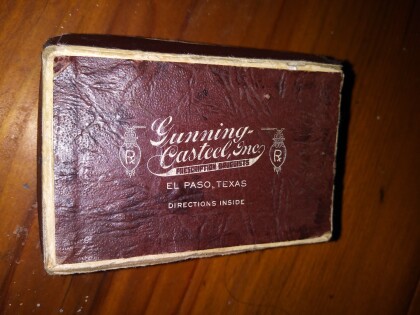
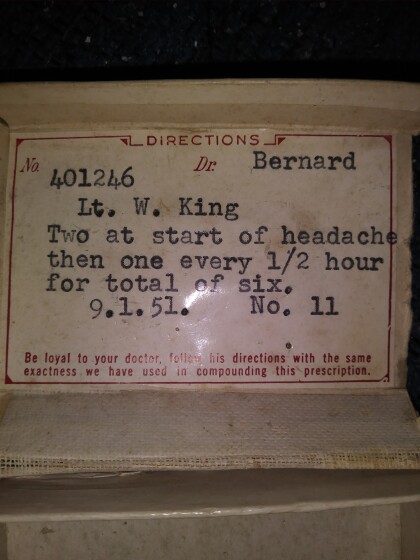
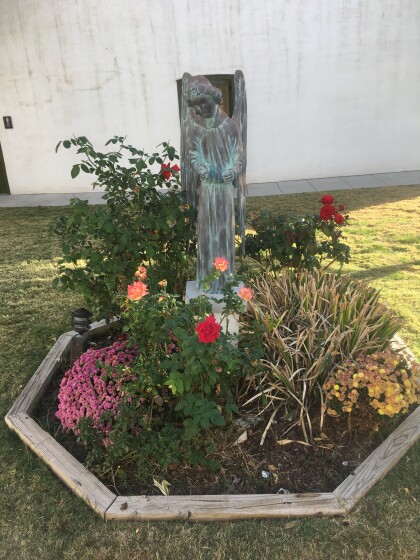

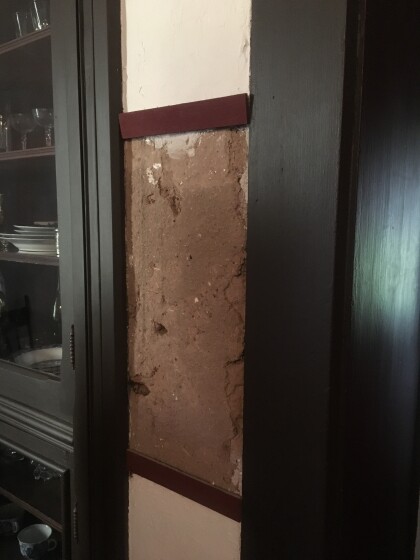
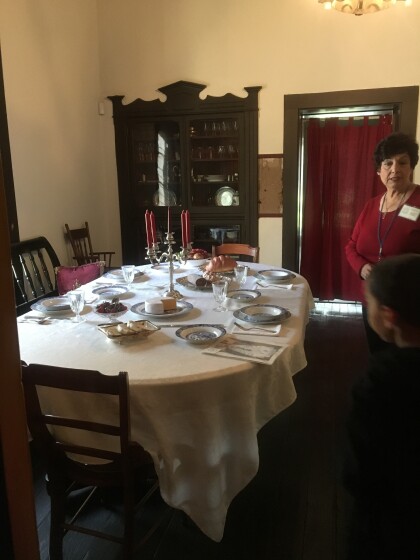
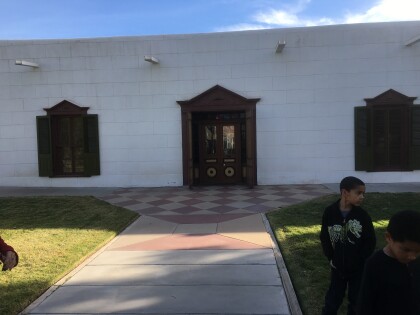
Comentarios
Hacer un comentario